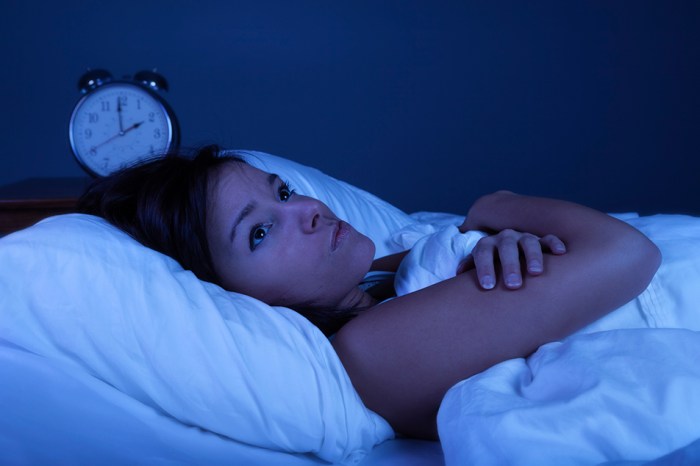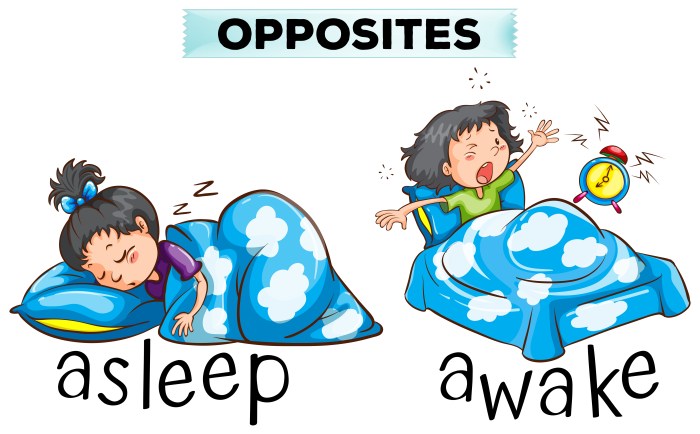Sleepwalking is characterized by all of the following except takes center stage, this opening passage beckons readers into a world crafted with good knowledge, ensuring a reading experience that is both absorbing and distinctly original.
Sleepwalking is a parasomnia, a sleep disorder that involves walking and performing other complex behaviors while asleep. It is most common in children, but it can also occur in adults. Sleepwalking episodes typically last for a few minutes, but they can sometimes last for longer.
During a sleepwalking episode, the person may appear to be awake, but they are not fully conscious and they are not aware of their surroundings.
Sleepwalking: General Overview

Sleepwalking, also known as somnambulism, is a parasomnia characterized by a series of complex behaviors that occur during sleep. It is a common sleep disorder, affecting approximately 1-15% of the population.
Sleepwalking typically occurs during the deepest stage of non-rapid eye movement (NREM) sleep, known as slow-wave sleep. During this stage, the brain is in a state of deep relaxation, and the body is mostly immobile. However, for reasons that are not fully understood, some individuals may experience episodes of sleepwalking during this stage.
Stages of Sleep Involved in Sleepwalking, Sleepwalking is characterized by all of the following except
- Stage 1: Light sleep
- Stage 2: Deeper sleep
- Stage 3: Slow-wave sleep (deepest stage)
- Stage 4: REM sleep (rapid eye movement)
Sleepwalking typically occurs during stage 3 NREM sleep.
Prevalence and Risk Factors
Sleepwalking is more common in children than in adults, with an estimated prevalence of 10-30% in children and 1-5% in adults. The exact cause of sleepwalking is unknown, but several risk factors have been identified, including:
- Family history of sleepwalking
- Certain medical conditions, such as epilepsy and narcolepsy
- Sleep deprivation
- Stress
- Medications, such as antidepressants and sedatives
Detailed FAQs: Sleepwalking Is Characterized By All Of The Following Except
What are the symptoms of sleepwalking?
The symptoms of sleepwalking can vary from person to person, but some of the most common symptoms include:
- Walking around while asleep
- Performing other complex behaviors while asleep, such as talking, eating, or driving
- Appearing to be awake, but not being fully conscious
- Not being aware of their surroundings
- Having no memory of the sleepwalking episode
What are the causes of sleepwalking?
The exact cause of sleepwalking is not known, but it is thought to be caused by a combination of factors, including:
- Genetics
- Sleep deprivation
- Stress
- Certain medications
- Medical conditions, such as epilepsy or head injury
How is sleepwalking treated?
There are a number of effective treatments available for sleepwalking, including:
- Behavioral therapy
- Pharmacological therapy
- Lifestyle changes

